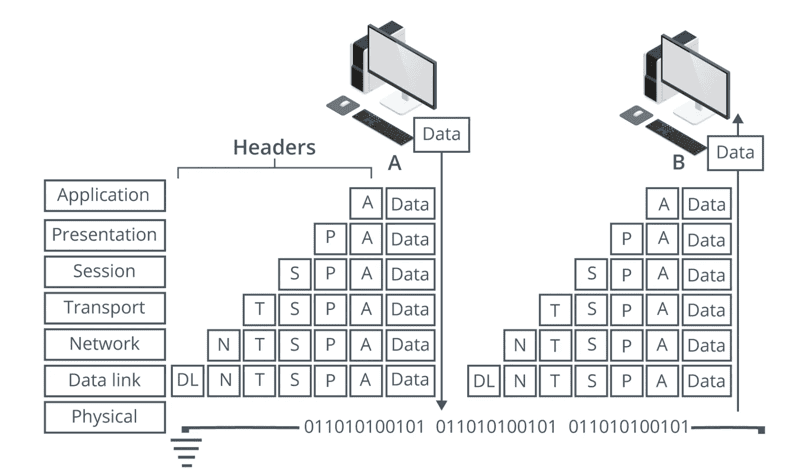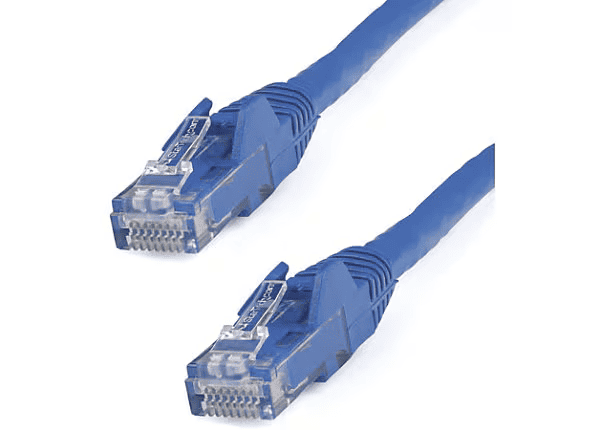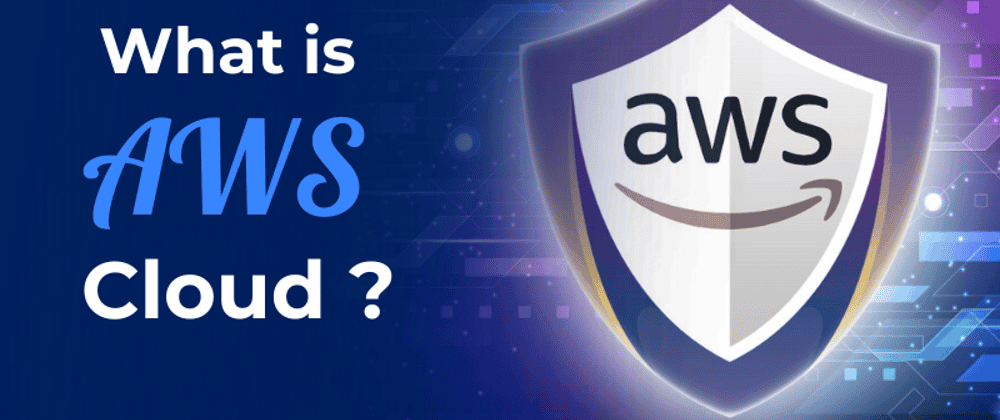Layer 1 of the OSI Model: A Deep Dive into the Physical Layer

Layer 1 of the OSI Model: A Deep Dive into the Physical Layer
The Open Systems Interconnection (OSI) model provides a crucial framework for understanding network communications. This post delves into Layer 1, the Physical Layer, exploring its components, functions, and significance in network troubleshooting.
Understanding the OSI Model
The OSI model divides network communication into seven distinct layers. Each layer has specific responsibilities, and data passes through each layer sequentially on its journey from sender to receiver (encapsulation and decapsulation). Understanding these layers is essential for effective network administration and troubleshooting.
- Application Layer: Provides network services directly to applications (e.g., web browsers, email clients).
- Presentation Layer: Handles data formatting, encryption, and translation.
- Session Layer: Establishes, manages, and terminates communication sessions.
- Transport Layer: Ensures reliable or unreliable data delivery, including error checking and flow control.
- Network Layer: Handles logical addressing (IP addresses) and routing.
- Data Link Layer: Provides physical addressing (MAC addresses), error detection, and framing.
- Physical Layer: Defines physical characteristics like cables, connectors, and signaling.
Let's explore the Physical Layer in detail.
Physical Layer (Layer 1)
The Physical Layer is the foundation of network communication, dealing with the physical transmission of data. This can involve either wired (bounded media) or wireless (unbounded media) connections.
- Wired Connections: Use copper or fiber optic cables to transmit signals.
- Wireless Connections: Employ microwave radio signals at specific frequencies.
The Physical Layer also specifies:
- Physical Topology: The layout of nodes and links in a network segment. Networks are often divided into segments to improve performance or security.
- Physical Interfaces: The mechanical specifications of the network medium, such as cable construction, connectors (RJ45 for copper, LC and SC for fiber), and pin counts, or in the case of wireless, radio transceiver and antenna specifications.
- Signaling: The process of transmitting and receiving encoded data. This includes modulation schemes (how signals represent bits) and timing/synchronization to ensure accurate data transfer.
Devices Operating at the Physical Layer
Several devices operate exclusively at the Physical Layer:
- Transceiver: Sends and receives signals over the network.
- Repeater: Amplifies signals to extend transmission range. Note that repeaters operate in half-duplex mode, meaning they cannot transmit and receive simultaneously.
- Hub: A multi-port repeater broadcasting received signals to all connected devices. Like a repeater, it also operates in half-duplex mode, creating a single collision domain. This differs from a network switch which operates at Layer 2.
- Media Converter: Converts between different physical media types (e.g., fiber to copper).
- Cables:
- Copper: Cat5e, Cat6, Cat6a (Ethernet)
- Fiber: Single-mode (long distance), multi-mode (short distance)



Conclusion
The Physical Layer, while seemingly simple, is fundamental to network function. A thorough understanding of its components and how they interact is crucial for effective network troubleshooting and management. In the next post, we will explore Layer 2, the Data Link Layer.
Related Articles
Software Development
Unveiling the Haiku License: A Fair Code Revolution
Dive into the innovative Haiku License, a game-changer in open-source licensing that balances open access with fair compensation for developers. Learn about its features, challenges, and potential to reshape the software development landscape. Explore now!
Read MoreSoftware Development
Leetcode - 1. Two Sum
Master LeetCode's Two Sum problem! Learn two efficient JavaScript solutions: the optimal hash map approach and a practical two-pointer technique. Improve your coding skills today!
Read MoreBusiness, Software Development
The Future of Digital Credentials in 2025: Trends, Challenges, and Opportunities
Digital credentials are transforming industries in 2025! Learn about blockchain's role, industry adoption trends, privacy enhancements, and the challenges and opportunities shaping this exciting field. Discover how AI and emerging technologies are revolutionizing identity verification and workforce management. Explore the future of digital credentials today!
Read MoreSoftware Development
Unlocking the Secrets of AWS Pricing: A Comprehensive Guide
Master AWS pricing with this comprehensive guide! Learn about various pricing models, key cost factors, and practical tips for optimizing your cloud spending. Unlock significant savings and efficiently manage your AWS infrastructure.
Read MoreSoftware Development
Exploring the GNU Verbatim Copying License
Dive into the GNU Verbatim Copying License (GVCL): Understand its strengths, weaknesses, and impact on open-source collaboration. Explore its unique approach to code integrity and its relevance in today's software development landscape. Learn more!
Read MoreSoftware Development
Unveiling the FSF Unlimited License: A Fairer Future for Open Source?
Explore the FSF Unlimited License: a groundbreaking open-source license designed to balance free software distribution with fair developer compensation. Learn about its origins, strengths, limitations, and real-world impact. Discover how it addresses the challenges of open-source sustainability and innovation.
Read MoreSoftware Development
Conquer JavaScript in 2025: A Comprehensive Learning Roadmap
Master JavaScript in 2025! This comprehensive roadmap guides you through fundamental concepts, modern frameworks like React, and essential tools. Level up your skills and build amazing web applications – start learning today!
Read MoreBusiness, Software Development
Building a Successful Online Gambling Website: A Comprehensive Guide
Learn how to build a successful online gambling website. This comprehensive guide covers key considerations, technical steps, essential tools, and best practices for creating a secure and engaging platform. Start building your online gambling empire today!
Read MoreAI, Software Development
Generate Images with Google's Gemini API: A Node.js Application
Learn how to build an AI-powered image generator using Google's Gemini API and Node.js. This comprehensive guide covers setup, API integration, and best practices for creating a robust image generation service. Start building today!
Read MoreSoftware Development
Discover Ocak.co: Your Premier Online Forum
Explore Ocak.co, a vibrant online forum connecting people through shared interests. Engage in discussions, share ideas, and find answers. Join the conversation today!
Read MoreSoftware Development
Mastering URL Functions in Presto/Athena
Unlock the power of Presto/Athena's URL functions! Learn how to extract hostnames, parameters, paths, and more from URLs for efficient data analysis. Master these essential functions for web data processing today!
Read MoreSoftware Development
Introducing URL Opener: Open Multiple URLs Simultaneously
Tired of opening multiple URLs one by one? URL Opener lets you open dozens of links simultaneously with one click. Boost your productivity for SEO, web development, research, and more! Try it now!
Read More
Software Development, Business
Unlocking the Power of AWS: A Deep Dive into Amazon Web Services
Dive deep into Amazon Web Services (AWS)! This comprehensive guide explores key features, benefits, and use cases, empowering businesses of all sizes to leverage cloud computing effectively. Learn about scalability, cost-effectiveness, and global infrastructure. Start your AWS journey today!
Read MoreSoftware Development
Understanding DNS in Kubernetes with CoreDNS
Master CoreDNS in Kubernetes: This guide unravels the complexities of CoreDNS, Kubernetes's default DNS server, covering configuration, troubleshooting, and optimization for seamless cluster performance. Learn best practices and avoid common pitfalls!
Read MoreSoftware Development
EUPL 1.1: A Comprehensive Guide to Fair Open Source Licensing
Dive into the EUPL 1.1 open-source license: understand its strengths, challenges, and real-world applications for fair code. Learn how it balances freedom and developer protection. Explore now!
Read MoreSoftware Development
Erlang Public License 1.1: Open Source Protection Deep Dive
Dive deep into the Erlang Public License 1.1 (EPL 1.1), a crucial open-source license balancing collaboration and contributor protection. Learn about its strengths, challenges, and implications for developers and legal teams.
Read MoreSoftware Development
Unlocking Kerala's IT Job Market: Your Path to Data Science Success
Launch your data science career in Kerala's booming IT sector! Learn the in-demand skills to land high-paying jobs. Discover top data science courses & career paths. Enroll today!
Read More
Software Development
Automation in Software Testing: A Productivity Booster
Supercharge your software testing with automation! Learn how to boost productivity, efficiency, and accuracy using automation tools and best practices. Discover real-world examples and get started today!
Read MoreSoftware Development
Mastering Anagram Grouping in JavaScript
Master efficient anagram grouping in JavaScript! Learn two proven methods: sorting and character counting. Optimize your code for speed and explore key JavaScript concepts like charCodeAt(). Improve your algorithms today!
Read More
Software Development
Mastering Kubernetes Deployments: Rolling Updates and Scaling
Master Kubernetes Deployments for seamless updates & scaling. Learn rolling updates, autoscaling, and best practices for high availability and efficient resource use. Improve your application management today!
Read More